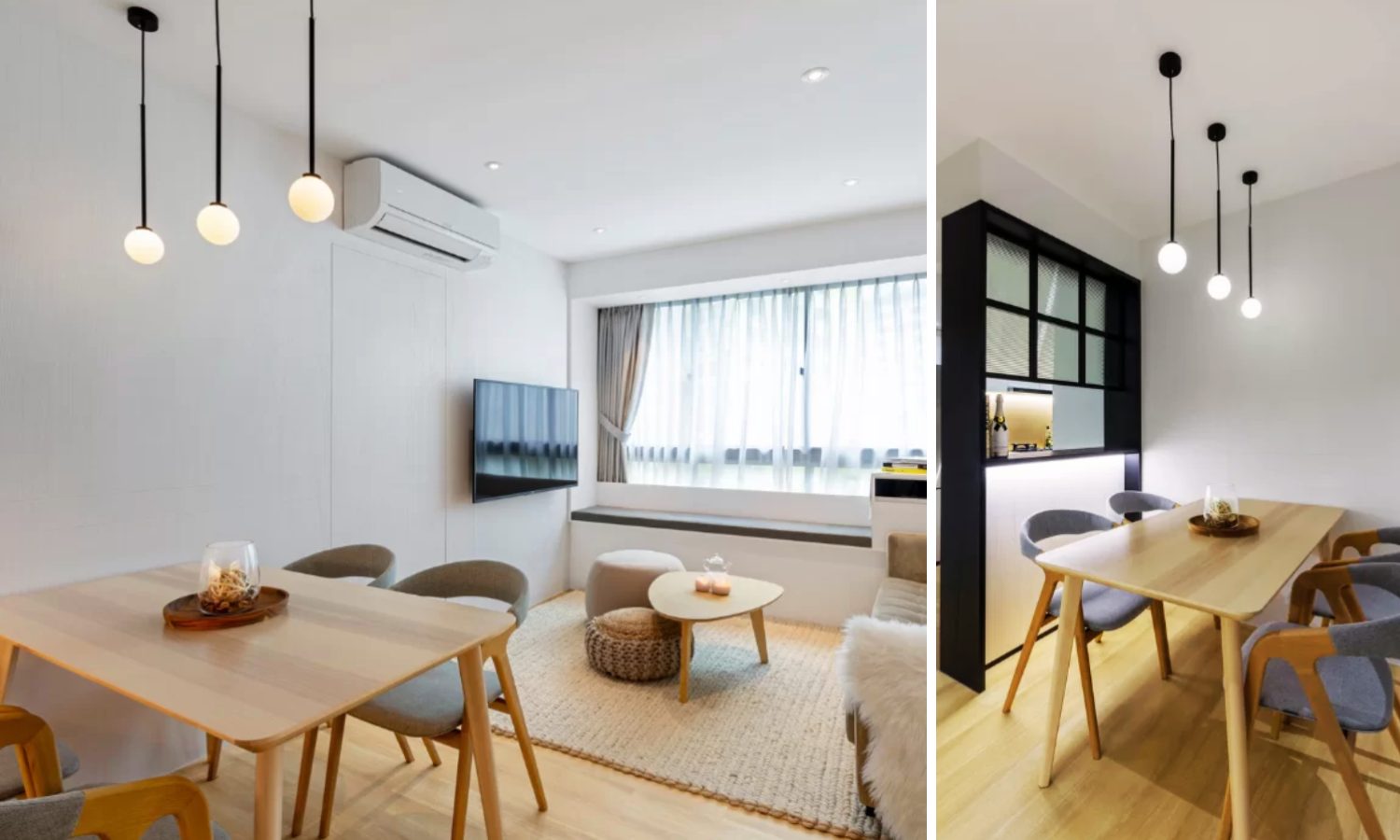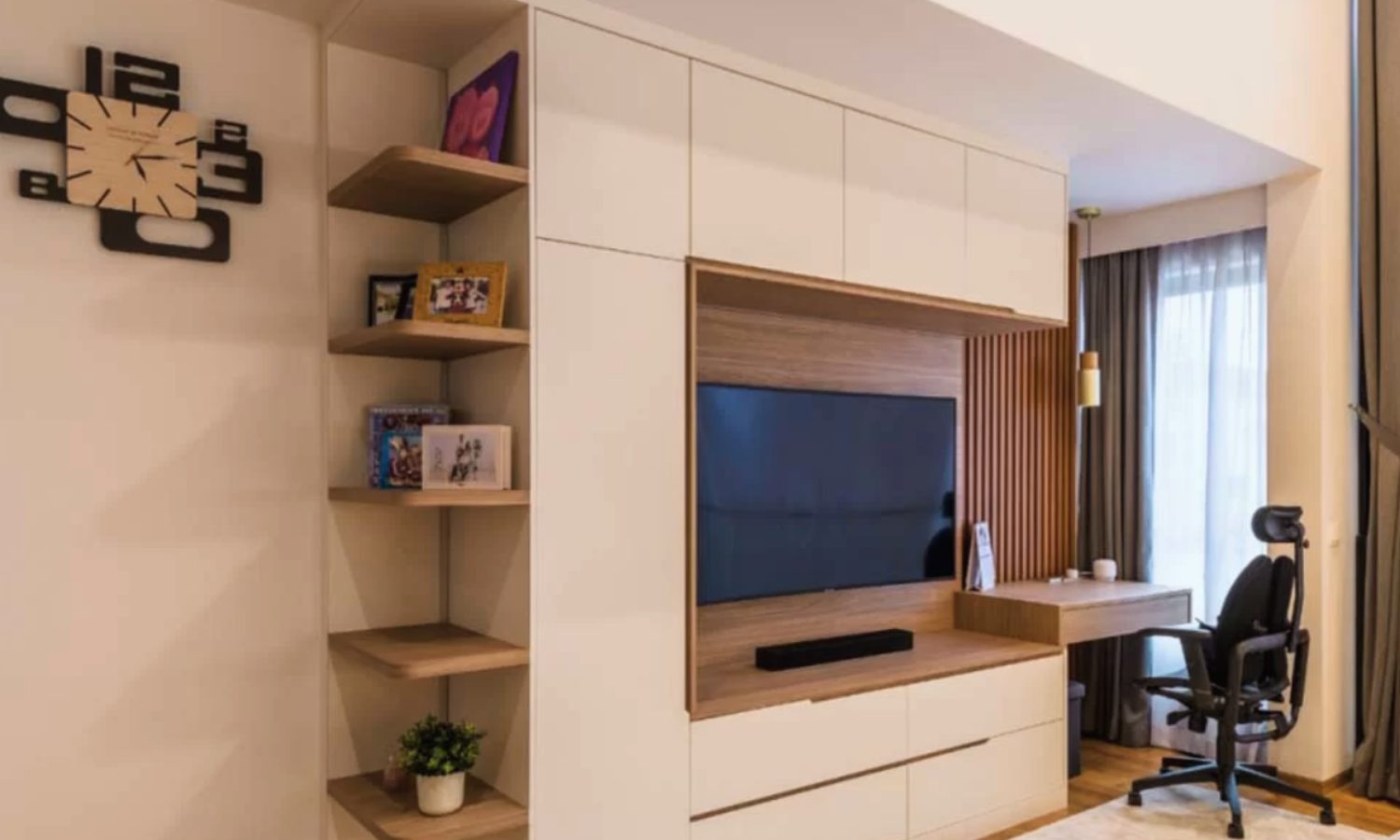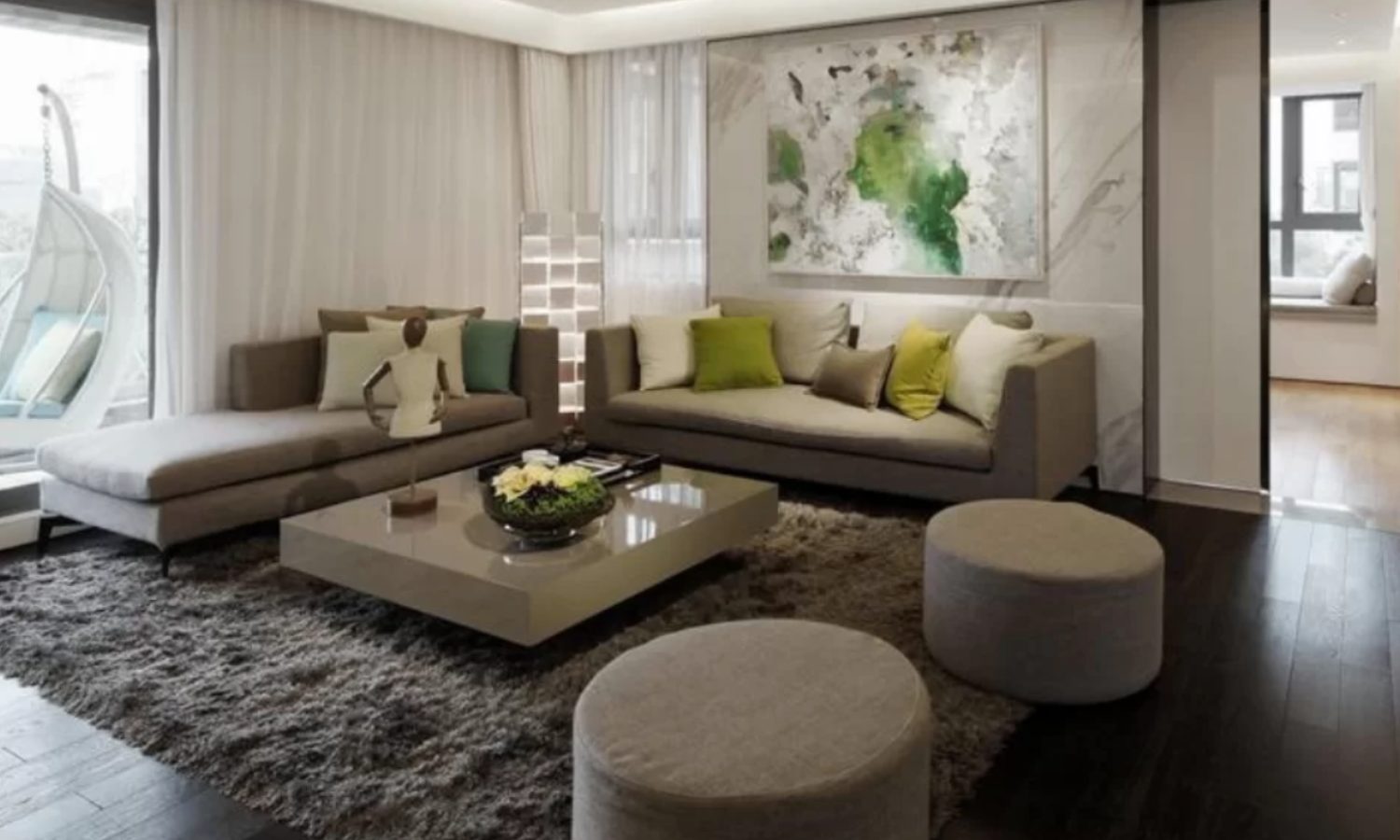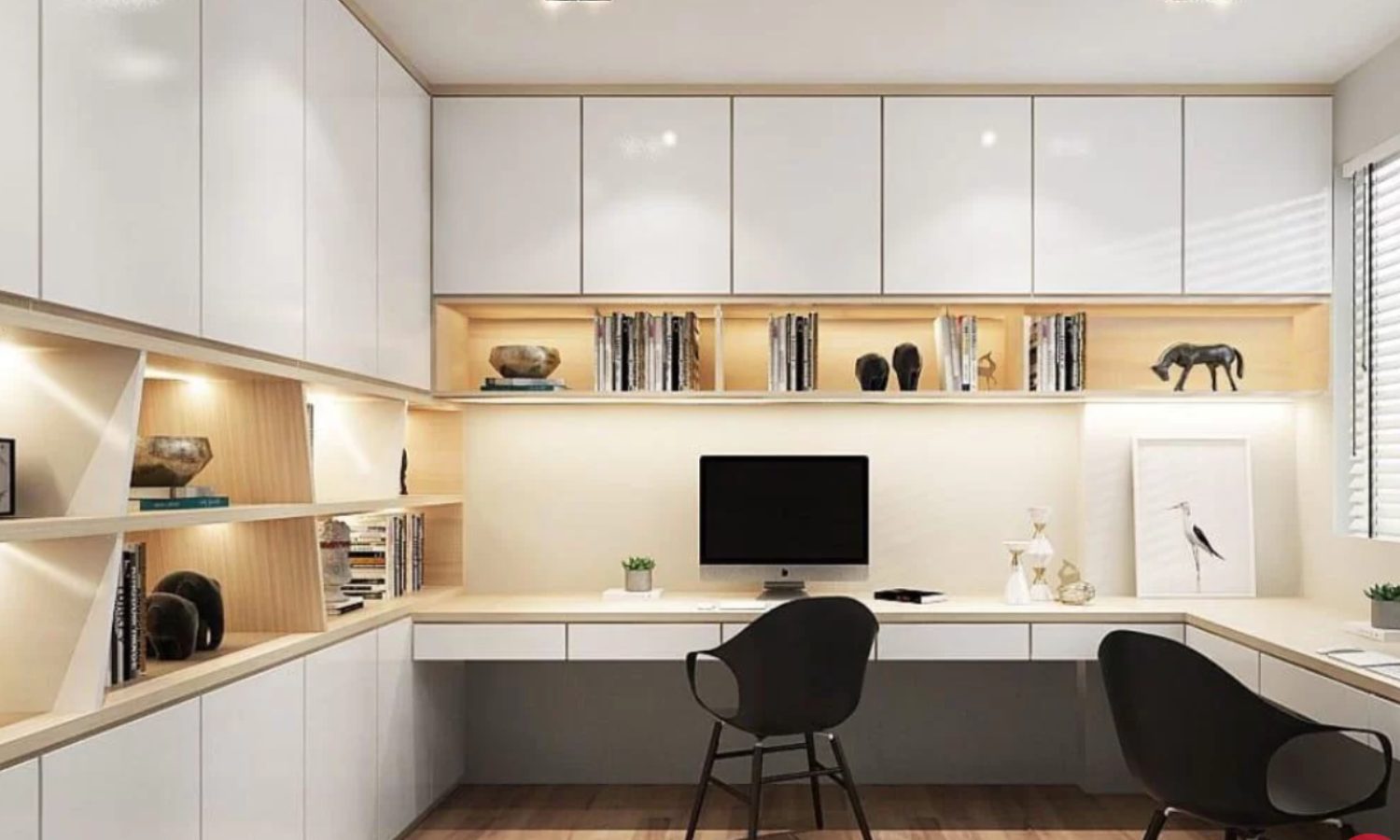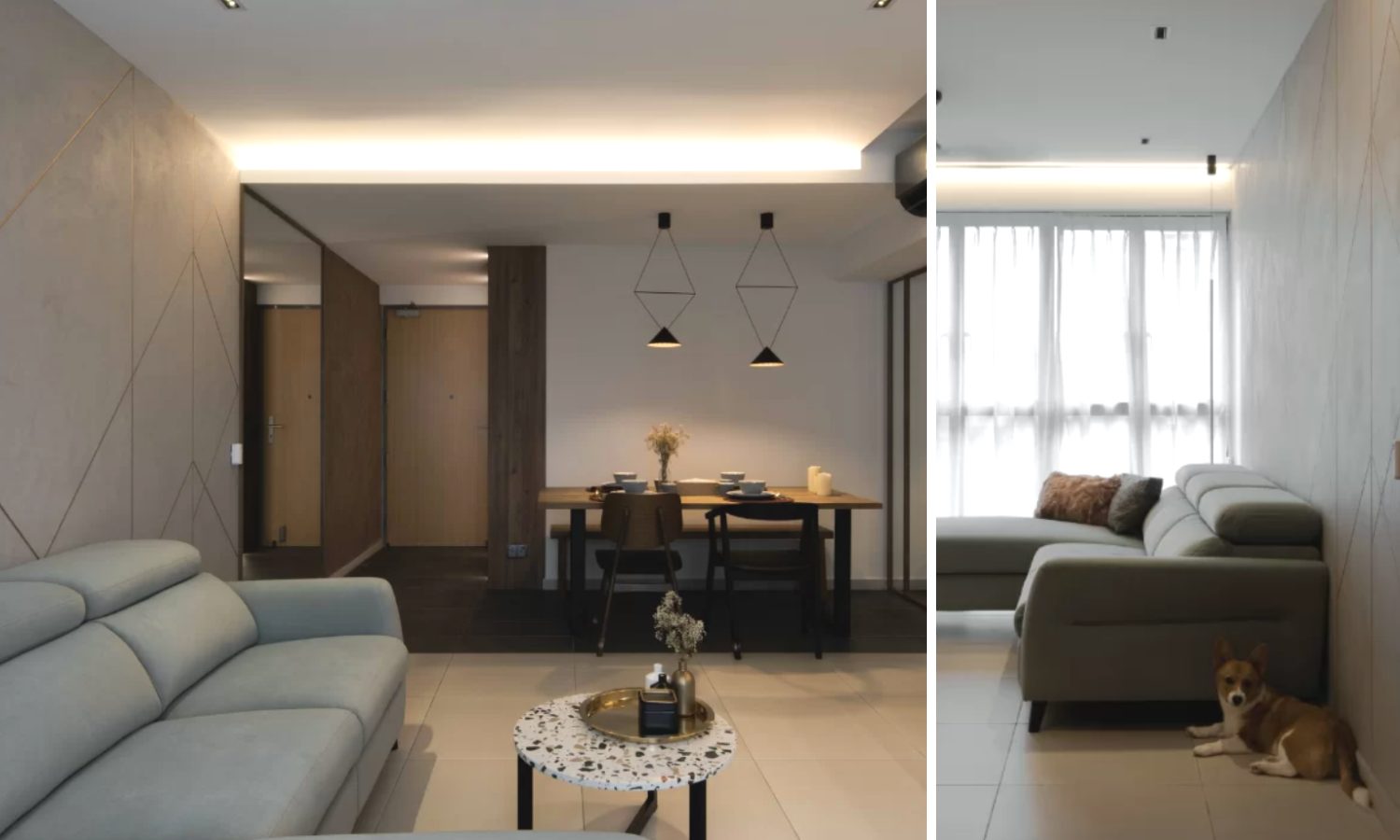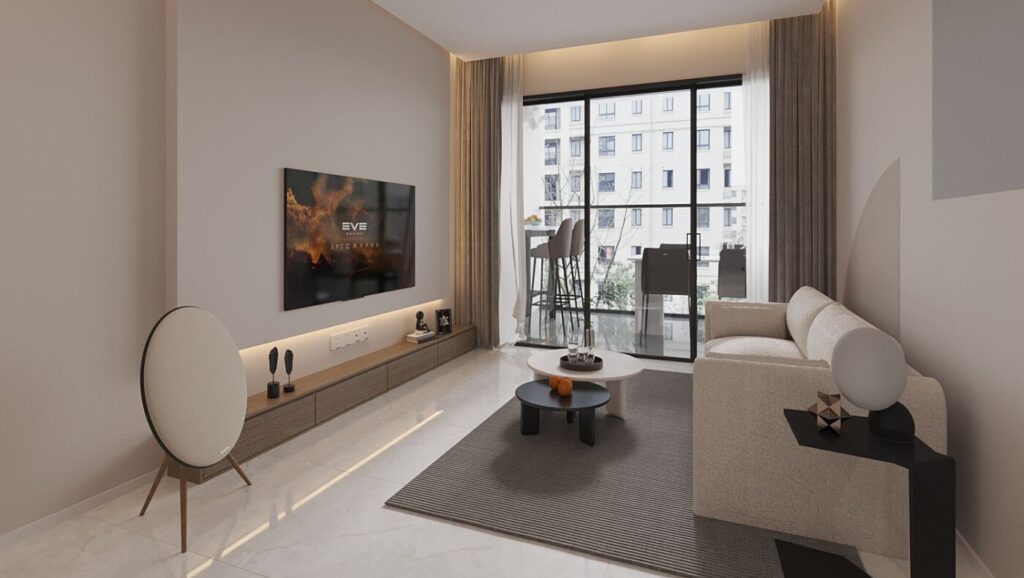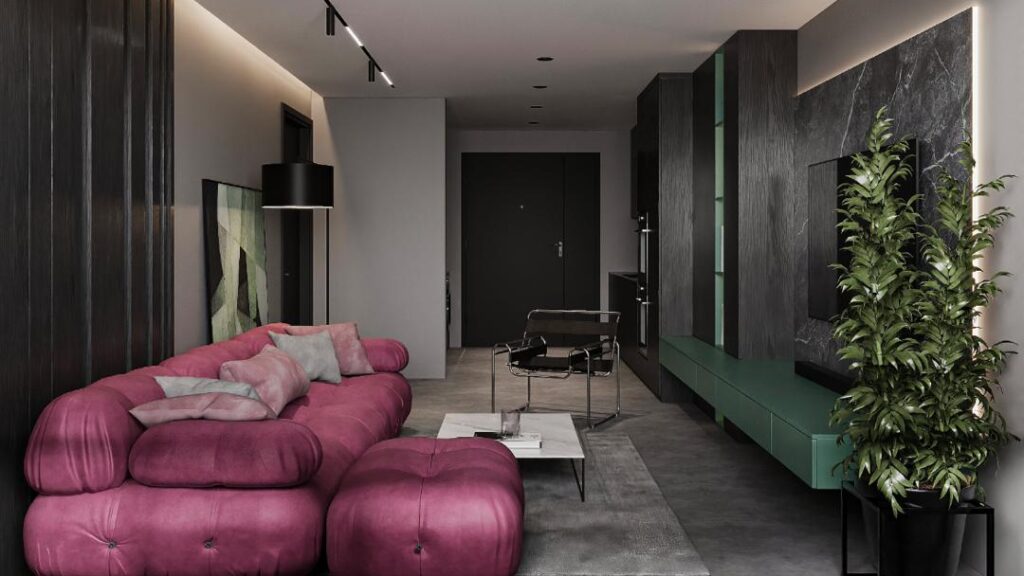Beat The Heat in Singapore: Interior Design Tips That Can Help You Stay Cool at Home
In hot and sunny Singapore, dealing with heat and humidity is just part and parcel of daily life. And most of us Singaporeans, having grown up in this sticky and humid climate have gotten used to dealing with it – by hiding indoors or turning on the air conditioning.
That is until, temperatures hit record highs in April and May this year at more than 35 degrees Celsius, with climate experts projecting that it is here to stay.
With soaring temperatures, even being indoors is not enough without taking the right measures to keep your interiors “heat-proof”. To get started, our team at Redbrick Homes has consolidated some of the best tips from our top interior design firms in Singapore to help you stay cool indoors.
Avoid East or West-Facing Units (If Possible)
If you’re a new homeowner on the lookout for a new place, be it a new condominium, BTO, or resale flat, one thing to take note of is the direction the unit is facing.
Want to avoid the direct blazing heat from the Sun? Then you’ll likely want to avoid East or West-facing units, as that’s the main path along which the sun rises and sets. East-facing flats will bear the brunt of the hot afternoon sun, while West facing units will heat up during the later part of the day as the Sun goes down.
Tip: Opt for South or North facing units for less direct Sun during the day.
Minimize Heat Penetration Through Window Coverings
Don’t have a choice in your home direction? Not to worry, the next best option would be to use effective sun-blocking methods to insulate your home from excessive heat during the day with the additional benefit of privacy.
One of the most affordable and effective ways is to use black-out curtains. As the name suggests, these curtains, unlike the normal kind, are multi-layered with a white reflective plastic backing to block out sun rays completely.
Alternatively, if you prefer being able to look out of your window, then a more expensive but equally effective option would be to utilize UV-blocking films. These are a thin layer of transparent film that is stuck onto your existing windowpanes to act as an additional protective layer.
Air Circulation is Key
One of the top tips mentioned by almost all our interior designers is to ensure that your home is well-ventilated.
Increasing air flow and circulation throughout the home not only is effective in ridding the home of warm air, but also helps to keep humidity levels low to avoid that uncomfortable sticky feeling we are familiar with.
Tips to improve air circulation within your home include:
- Having an open concept floor plan which has fewer barriers to obstruct the flow of air
- Utilize dividers with ventilation features instead of walls to help demarcate spaces in the home
- Install ventilation fans in humid areas (like kitchen and bathrooms)
Strategic Placement of Fans and Air-conditioning Units
Having a ceiling fan or air-conditioning unit in your home is a sure-fire way to cool the space down quickly. But make sure you place it in the most strategic place possible to ensure that you maximize the cooling effect.
Here are some key things to take note of when installing your fans and air conditioning units:
- Avoid obstructions – so that the cool air can circulate freely within the space
- Install your air conditioning unit around 2.2 m from the ground – so that is high enough not to blow air directly into people’s faces, but not so high that the convection current is not effective
- Opt for larger blades on your ceiling fan (as your ceiling space allows) for better circulation if you have a larger room.
Go With a Lighter Colour Palette
Here’s a basic physics theory on heat: Darker surfaces tend to absorb heat better, while lighter surfaces tend to reflect heat away.
Knowing this concept, it’s no wonder that interior designers tend to recommend lighter colour palettes in humid Singapore to help combat the heat.
Studies worldwide show that white paint is most effective in reducing surface temperatures compared to all the other colours. So, if you want to maximize the cooling effect in your home, go for white-washed walls and flooring for maximum effect.
Use Materials That Dissipate Heat Effectively
To keep your interiors cool, the choice of materials for your furnishing, flooring, and fixtures matter, as each one of them contributes to absorbing and storing heat within the space.
The idea is to pick materials that are best at dissipating (giving off and not retaining) heat so that the indoor temperature is always cool and comfortable.
Surface materials like marble, ceramic tiles, metal, natural stones like granite, and more, tend to give off heat easily and feel cool to the touch. For upholstery fabrics, always opt for breathable options like linen, cotton, bamboo, and Tencel, that don’t trap moisture and hot air as easily rather than synthetic materials like leather, velvet, or suede.
In contrast, thermal insulators like wood, parquet, vinyl, carpet flooring, and similar materials tend to trap heat and make the space feel warmer over time.
Make the Switch to LED or Fluorescent Lighting
Apart from external sunlight, another source of heat indoors is all the interior lighting. The more lighting fixtures you have turned on, the more you can expect the interior to warm up from the heat radiating from them.
Other than not turning on indoor lighting unnecessarily, another important tip you can follow is to replace all your old-school incandescent bulb (a less energy-efficient technology) with LED or fluorescent lighting instead.
These two newer, and more energy-efficient technologies, not only run on less electricity but also give off less heat in the process, so your interiors don’t warm up as much when they are turned on. Win – win!
Looking For Experienced Interior Designers to Help You Beat the Heat?
Want to future-proof your home with smart interior design hacks to help you beat the heat? Check out our list of interior design firms in Singapore that can help you with your mission!


